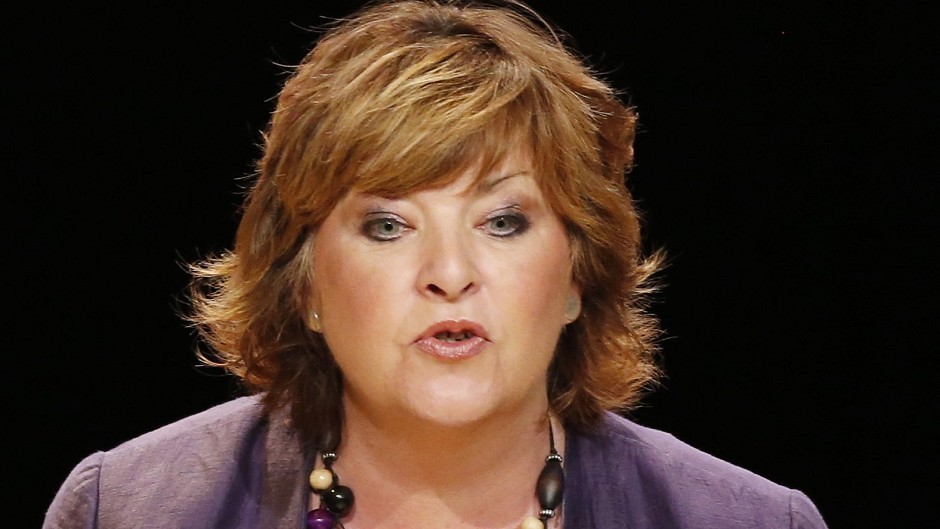Scotland’s birth rate has fallen to record levels according to official statistics, which also show a rise in cancer and dementia deaths.
A report by the National Records of Scotland (NRS) suggested the drop could be down to economic uncertainty influencing decisions to have children as well as mothers waiting until they are older before having families.
The declining birth rate led to the Scottish Government repeating its concerns that Brexit poses a risk to Scotland’s population.
Despite fewer births Scotland’s population is at its highest ever level at 5.4 million as a result of migration into the country.
Tourism, Culture and External Affairs Secretary Fiona Hyslop said: “Given our declining birth rate all of Scotland’s population growth is predicted to come from migration. However, the UK Government’s proposals to end free movement of people and limit migration presents a real risk.
“We need to ensure we can grow our working age population to support our economy and society now and in the future when we expect more people to live longer beyond retirement.”
The NRS found there were 12,253 births and 13,652 deaths registered in Scotland between April 1 and 30 June 2019. Compared to the average for the same period in the previous five years, births have fallen by 9.3% and deaths have risen by 0.9%.
The number of births for that period was 5.4% lower than in the same period of 2018.
The figure represented the lowest number of births between April and June since civil registration began in 1855. Expressed as a rate, there were 9.0 births per 1,000 population, compared with 9.6 in the same quarter a year earlier and 11.4 a decade ago.
Despite rural areas suffering from a shift in population away from them, the declining birth rate trend was bucked in Highland and Moray. In Highland there was an 8.4% increase in births when compared with the those recorded in January to March this year.
Similarly, in Moray there was a 7.3% increase over the same period. Since last year the number of marriages fell by 207 to 7,613 the lowest ever figure for April to June.
Meanwhile the number of cancer deaths rose by 1.3% to 3,974 and the number of dementia fatalities rose from 5.7% to 1,464.
The number of coronary heart disease deaths fell by 3.1%t to 1,548 and from respiratory disease fell by 1.9% to 1,444.
